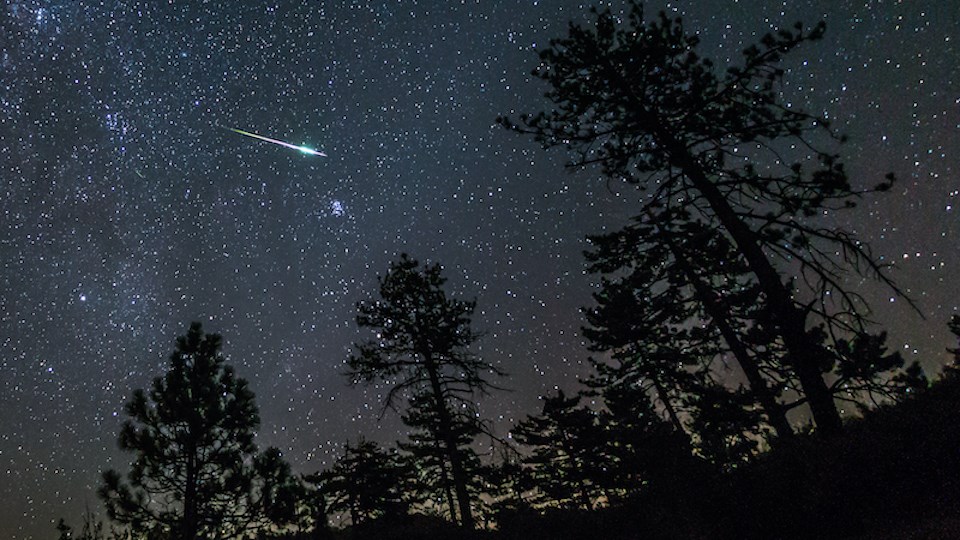Metro Vancouverites hoping to catch the tail end of the Quadrantid meteor shower still have some opportunities.
Rosanna Tilbrook, an astronomer at the , tells V.I.A. the winter meteor shower's peak was on Friday, Jan. 3, around 8 a.m. and the "bright morning sky would have obscured our view anyway." However, around 100 meteors per hour may have been visible just before then when the skies were dark (around 6 a.m. in Vancouver, weather permitting).
Locals can still see some of the display on Monday, Jan. 6 and in the coming days but "it might not be much of a show," she explains. Although the shower will continue until roughly Jan. 16, the frequency drops rapidly after the peak.
"Within six hours of the peak, the rate of meteors drops by half. In contrast, other showers, like the Perseids [meteor shower] in August, can have peaks lasting a few nights."
Metro Vancouver weather forecast includes clear skies Monday
V.I.A.'s Weatherhood station shows mostly clear skies on Monday night following a bright, sunny afternoon, while Tuesday's forecast includes a high of 8 C and a low of 3 with a 76 per cent chance of very light showers.
If the skies remain clear enough overnight Monday to view the celestial display, locals should head out just before dawn to catch a glimpse of a few shooting stars. During this time, the radiant point — the point in the sky where the shower appears to originate — will be the highest, Tilbrook explains.
Skywatchers may still be able to observe one or two shooting stars every one or two minutes, provided the sky is clear and conditions are dark.
Just before dawn in Vancouver, Earth will face into the meteor stream, increasing the number of shooting stars raining directly into the atmosphere. However, they will also be "visible throughout the night, as they traverse across the sky at oblique angles," she notes.
Tilbrook advises locals to get as far from city lights as possible to view the shower. Dark skies make meteor viewing easier.
Some options near the city include Spanish Banks, Point Grey, Burnaby Mountain, and McDonald Park (a little further out).
Stay up-to-date with hyperlocal forecasts across with V.I.A.'s Weatherhood.




